In the UK, the reverse charge VAT applies to supplies of specific goods and services within the construction industry. It was implemented on 1st March 2021 and applies to businesses registered for VAT in the UK.
Here’s how reverse charge VAT works in the UK
Applicable Transactions
The reverse charge applies to specified goods and services within the construction industry, including construction, alteration, repair, demolition, and installation services.
Eligibility
Both the supplier and the recipient of the goods or services must be registered for VAT in the UK for the reverse charge to apply. It does not apply to transactions involving end consumers or businesses that are not registered for VAT.
Invoice
The supplier will issue an invoice stating that the reverse charge applies. The invoice should clearly state that the reverse charge applies and that the recipient is responsible for accounting for VAT.
No VAT Payment
The supplier will not charge VAT on the invoice total. Instead, they will indicate that the reverse charge applies and provide the amount of VAT that would have been charged.
Recipient’s Responsibility
The recipient of the goods or services will account for the VAT on their VAT return instead of paying it to the supplier. They should calculate the VAT due on the supply and include it in both their input VAT and output VAT on their VAT return.
Reporting
The supplier should report the value of the reverse charge supplies in their VAT return, but no VAT is payable or receivable on these supplies. They should indicate the total value of reverse charge supplies and also separately record the VAT amount on these supplies.
The aim of the reverse charge VAT is to reduce the opportunity for fraud in the construction industry. By shifting the responsibility of VAT accounting to the recipient, it aims to prevent suppliers from collecting VAT from their customers but not remitting it to the tax authorities.
